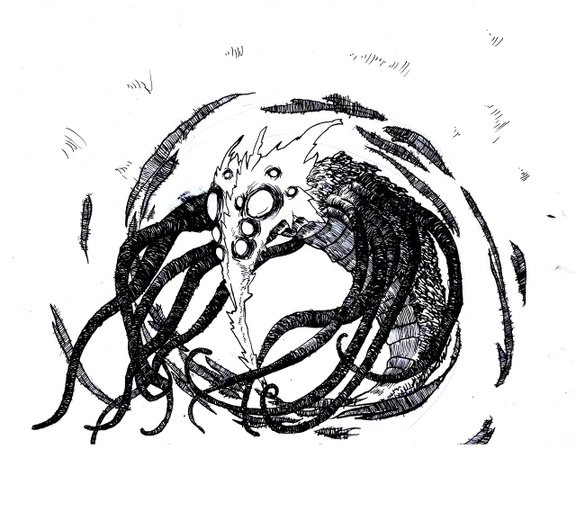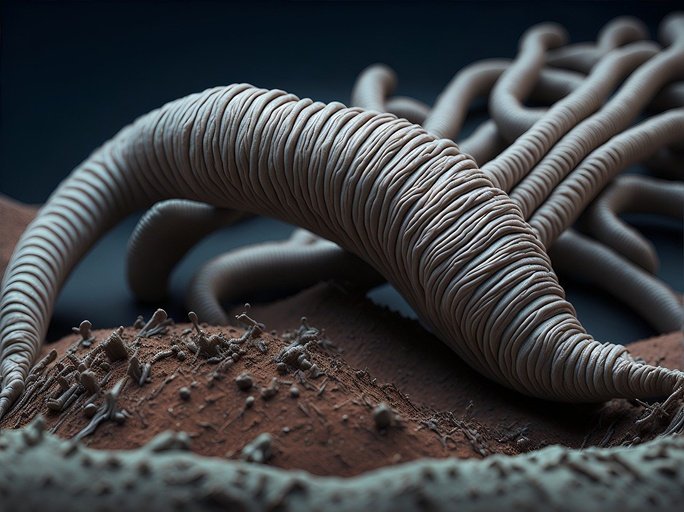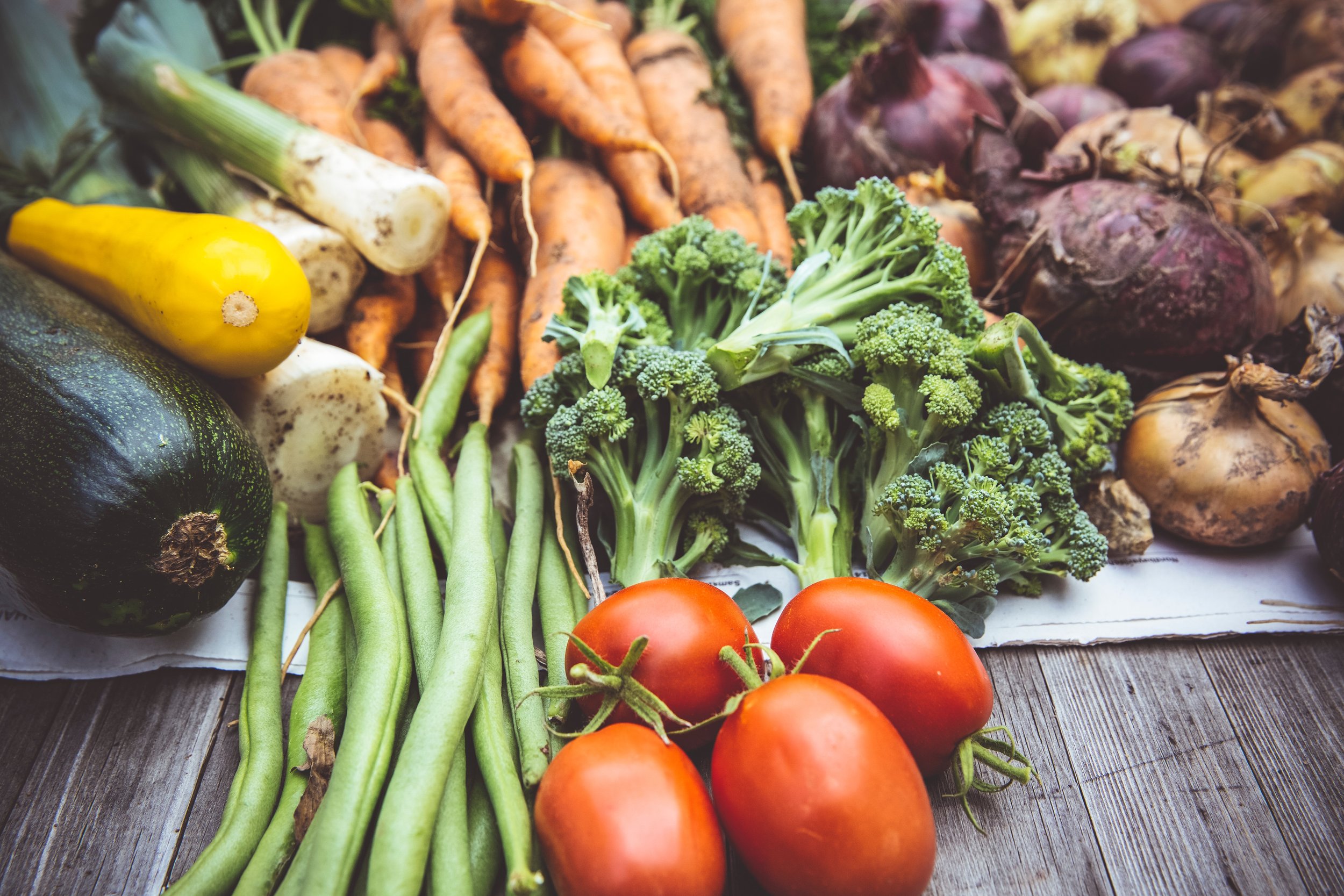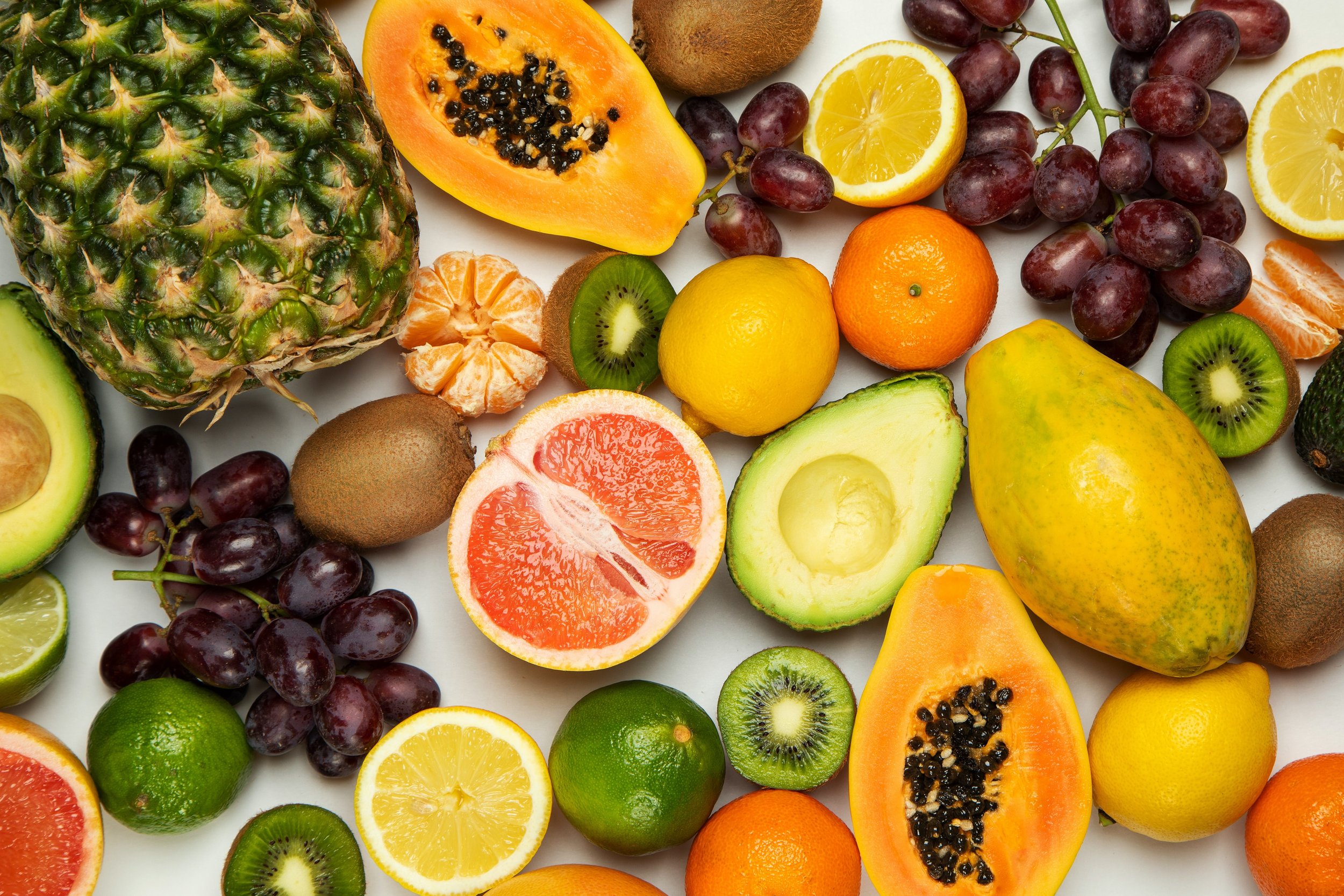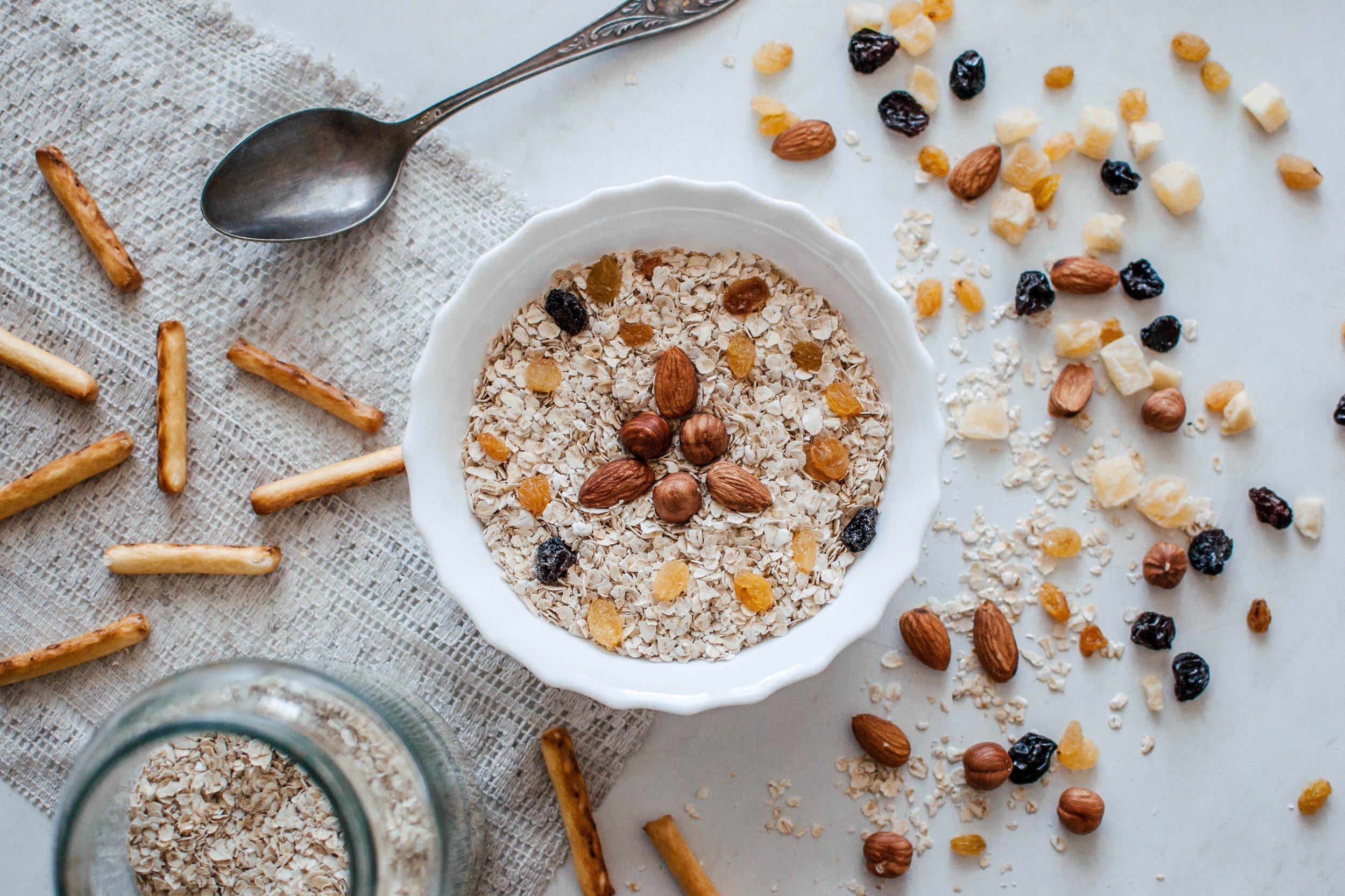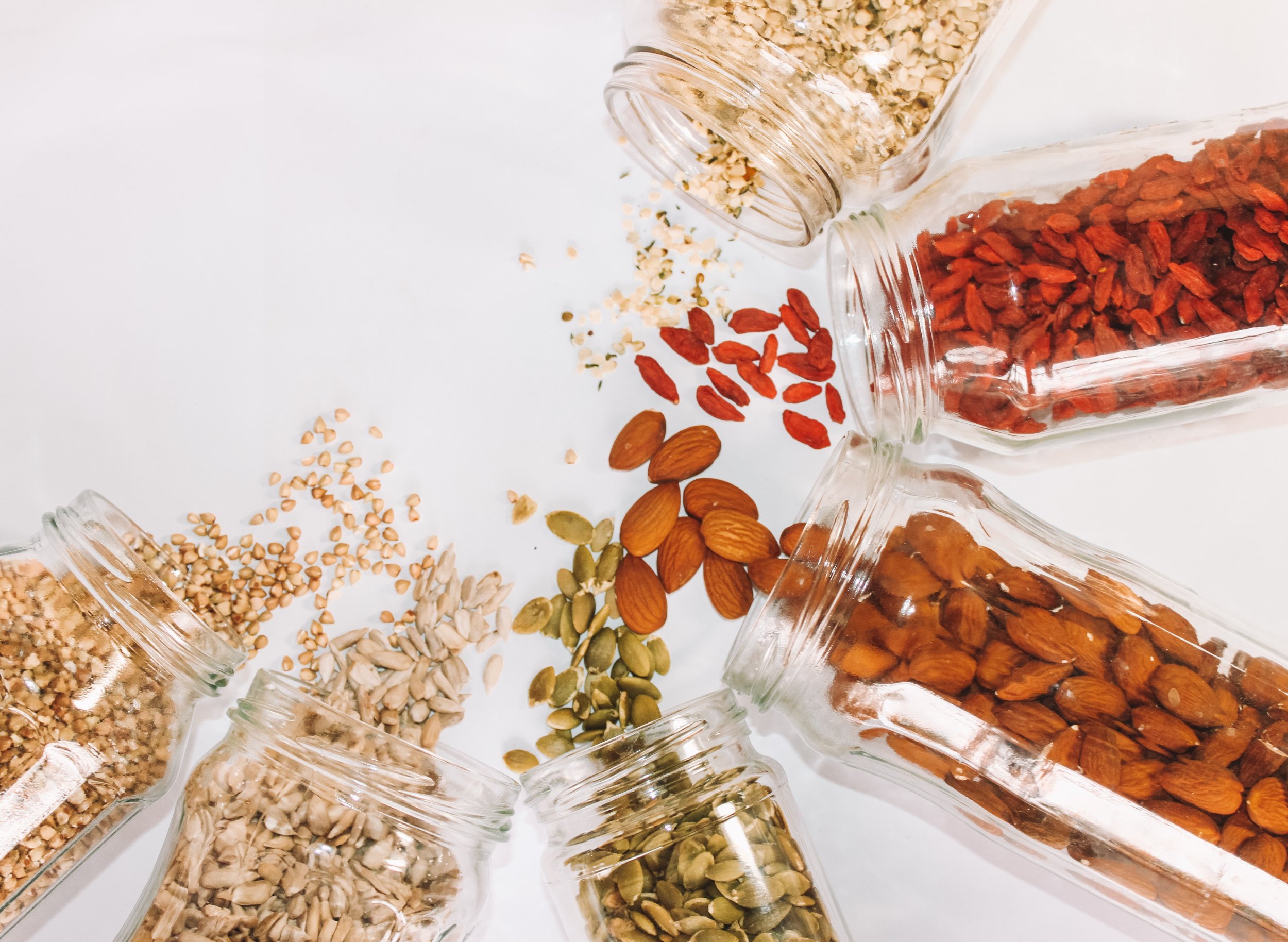The Connection Between Diet and Long COVID & ME/CFS Symptoms
/Ever wondered why some foods leave you feeling drained while others fuel your fire? Your diet doesn't just affect your waistline; it can energize you and feed other unwanted guests who might be causing problems in your body.
- The Importance of Diet in Chronic Illness.
- The Root Cause of Chronic Illness.
- Dietary Guidelines for Combatting Chronic Illness.
- Top 3 Foods to Avoid:.
- The Guide to the Relief and Transformation Eating Plan.
- Overcoming Food Sensitivities with the Relief and Transformation Plan.
- Celebrating Small Wins and Looking Ahead.
Make sure to subscribe to keep up with the latest discoveries and approaches for Long Covid, ME/CFS and Fibromyalgia.
Full recovery is possible! Get on the waiting list for the Relief & Transformation: Recovering from Long Covid and ME/CFS course. You can also be part of our Membership: Managing Long Covid and ME/CFS program or schedule a “Best Next Step” Health Strategy Consultation. For powerful passive training of the nervous system based on Polyvagal Theory, check out the Safe and Sound Protocol.
The Importance of Diet in Chronic Illness
When talking about diet, it's easy to get overwhelmed with the myriad of options available. Growing up, I remember the low-fat diet being all the rage for health and weight loss. But now, understanding what I do about the body's needs, we all recognize the importance of healthy fats, especially during healing processes and we understand that a low-fat diet is actually very unhealthy. Over the years, I've experimented with all sorts of diets:
Vegetarian (for 8 years!)
Low-fat
Some of these ways of eating are helpful in fully recovering from chronic illnesses like Long Covid, ME/CFS, and Fibromyalgia, and others actually work against you.
The Root Cause
Before we get into specifics, it's pivotal to understand the root cause of your symptoms. A fact that is overlooked in modern medicine is that chronic illnesses, including Long COVID and ME/CFS, can be linked to hidden infections (overgrowth of harmful microbes in our bodies). These aren't just limited to common culprits like Candida; they also encompass
Helminths (Worms)
Protozoa
Ectoparasites
Fungi
Specific viruses
Bacteria
Others
When these "bad" microbes multiply and outnumber your "good" microbes, they can cause various ailments.
One thing to note is that our diet can feed these microbes, exacerbating symptoms and allowing them to proliferate. For instance, even if a certain food doesn't make you feel bad immediately, it could be fueling the harmful microbes in your system, which later causes symptoms to flare.
Dietary Guidelines for Combatting Chronic Illness
Parasites live off of carbohydrates. As someone who's battled severe ME/CFS, I remember my own uncontrollable cravings for carbs and sugars. You maybe remember the story I told about the "game" of my father hiding all the sweets in the house and how I would drag myself around to find them. The intensity of these cravings often ties back to these 'micro-monsters' demanding their feed. Fortunately, as you begin to reduce sugar and carb intake, the cravings start to diminish.
Top 3 Foods to Avoid:
Sugars:
This is the number one no-go.
Fruit juice
Soda
Candy
Any processed foods with added sugars
These directly feed the harmful microbes. Watch out though because a lot of foods add in natural sugars too, which is still feeding the critters. Even natural sugars from sources like honey can still provide fuel for these infections.
Processed Carbs:
Bread
Pastries
Pasta
Other high-carbs
These can worsen symptoms, as the carbs serve as a feast for the bad microbes in our system.
Certain Fruits and Vegetables:
Even though they're healthy, some fruits and vegetables can be carb-heavy. Avocado, for instance, though packed with health benefits, is rich in carbs and should be consumed in moderation.
The Guide to the Relief and Transformation Eating Plan
For people embarking on the initial recovery phase of the Relief and Transformation eating plan, I have some key dietary guidelines.
1. Limiting Sugar Intake in the Early Stages
Fruits: During the first phase for most students, I advise against consuming fruits. It's easy to over-consume them, leading to excessive sugar intake and they are quickly turned into sugar in our system which feeds the microbes. Sugar, regardless of its source, can negatively impact your recovery. It's like throwing gas on the microbe fire!
Post-Phase One: Once you progress beyond this initial phase and symptoms alleviate, you can gradually introduce low-sugar fruits. Sweeter alternatives like honey can be reintroduced much later, once you're completely symptom-free.
I'm definitely not saying that fruits, honey, maple syrup, etc. are bad. In a balanced body, consuming these would be harmless. But when facing dysbiosis, these sugars feed the harmful microbes, which brings us to the next point.
2. Grains: The Bigger Picture
The Sugar Connection: All grains, be they gluten-containing or gluten-free ones like corn and rice, eventually break down into sugar in the body. This can fuel bad microbes.
Beyond the Gut: It's a myth that infections only target the gut. They can manifest in organs like the liver, lungs, and even joints. As our body distributes nutrients through the blood, these parasites receive their share as well. This distribution can lead to nutritional deficiencies in individuals, despite consuming nutritious foods (because the parasites are using all the nutrients that should go to our own cells!).
Gluten: Gluten can be mistaken by the body as a protein from harmful fungi like Candida. This misidentification can trigger inflammation and immune responses. Furthermore, all grains, including ones like
-Quinoa,
Rice, and
-Corn, should be limited
Another unique aspect of the Relief and Transformation plan is the restriction on seeds and nuts. Although rich in some nutrients, they contain anti-nutrients, which can eat up all the nutrients they seem to provide, can exacerbate existing sensitivities, particularly in individuals with hidden infections or conditions like leaky gut, and ultimately slow down recovery time.
3. Rethinking Starchy Vegetables
While starchy vegetables like sweet potatoes are nutritious, they can still feed harmful microbes since they are high in carb. Instead, focus on leafy greens and non-starchy vegetables for optimal health.
4. Dairy: To Consume or Not?
In the Relief and Transformation plan, dairy is largely omitted, with the exception of grass-fed butter or ghee (provided you can tolerate them). Dairy contains lactose, a sugar, while butter lacks it. Additionally, certain proteins in dairy can cause inflammation, similar to gluten.
It's vital to listen to your body and identify any sensitivities. For instance, some individuals might be allergic to eggs, which, though nutritious, can exacerbate symptoms if consumed.
Overcoming Food Sensitivities with the Relief and Transformation Plan
Many who have embraced the Relief and Transformation Eating Plan plan have reported a marked improvement in their food sensitivities and see shifts in symptoms within a few weeks of only being on the Eating Plan. I'd like to share an inspiring story:
One of my clients, who had been strictly on a carnivore diet due to severe intolerances, embraced this plan. After a few months, she gradually reintroduced other foods into her diet. Today, she can enjoy a variety of leafy greens and low-carb veggies without any issues. While she hasn't fully overcome all her symptoms yet (fully treating the underlying infections using supplements and medications is necessary for most for full recovery), she has made significant progress, especially considering her prolonged struggle of 25+ years with CFS.
Implementing the Relief and Transformation eating strategy can usher in noticeable changes. For many, the results have been astounding. I recently received an uplifting email from a student who, after only a few weeks on the plan, can now walk for an impressive 1.5 miles in an hour. Before this, a mere 20-minute walk would leave her exhausted and cause Post Exertional Malaise. She's even optimistic about overcoming her tinnitus and following her dreams of dancing again. I genuinely share her excitement and look forward to further wins as she progresses deeper into the program.
Celebrating Small Wins and Looking Ahead
Each success story, whether big or small, is important to highlight and focus on. Every tiny step forward signifies potential leaps in the future. These little improvements, celebrated and accumulated, can eventually lead to individuals achieving their dream outcomes - be it running marathons, playing with their children, or exploring the world.
The Relief and Transformation community is a testament to this belief. The stories I hear, and the emails I receive, all reflect the potential and hope this approach brings to its followers.
I encourage you if you find a moment of success with this plan and to share it. Be it an email, a YouTube comment, or an Instagram post - every shared experience fosters hope and offers proof that recovery is attainable.
DISCLAIMER: The information offered is for informational and educational purposes only. It is not intended as a substitute for medical or psychological care or advice. Consult your physician or other health care provider regarding your symptoms and medical and psychological needs.




